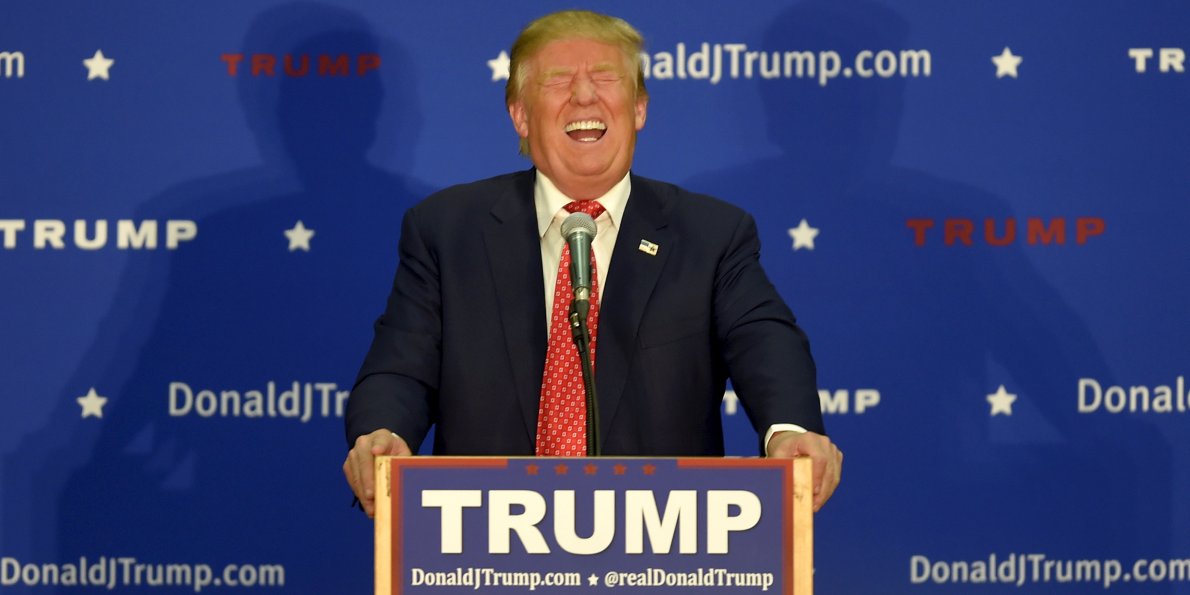The Trump-ing of Twitter: This Election is Shaping Social, and The Impact Is HUUUUUGE

Only 38 days to go until we get to move on from the daily barrage from #ImWithHer and the #TrumpTrain and return to whatever it was that we posted about before we got to watch this circus known as the US Presidential Election.
In years past, the elections helped to shape the way that we used social media. It sparked Moments on Twitter and helped to build the popularity of live streaming video.
This time around, however, social media is the one doing the shaping. It’s a clear sign that this thing that we all use has matured, and become a mainstay of communications for us all, rather than the novel new toy that it was in 2008 and even 2012.
Here are a few for the ways that social is shaping the election, and what that means for the rest of us:

1. Live Fact-Checking
There’s been a lot of debate about the role of the moderator at the debates as a passive question asker vs an active journalist responsible for fact checking. If you’re on Twitter, however, the point is moot because every sentence uttered will be instantly referenced by millions of self-appointed experts. Interested in know which mud slinging has weight and which is invented?
Follow these two accounts on Twitter, and know that regardless of how well you spin your real-time info, the truth will come out on social media:
@GlenKesslerWP – The Washington Post’s resident Fact Checker.
@Politifact – An entire site dedicated to rooting out truth vs fiction in politics.
2. The Facts Don’t Matter
The mystery is gone. We know what the stances are, we’ve heard everything that either side long before the debates, and there is so much information to process that most of us don’t bother.
That fact is strikingly similar to a buying trend that’s happening in the marketplace – where once we had just enough information to process that we could at least carry on the illusion that we were making rational decisions, it seems that the market has thrown its hands up and fully relies on emotion or “gut feeling”.
That goes for everything from Political nominees to toothpaste to cars, and Bruce Phillip from Marketing Mag just put up a great mid-length piece on the reasons why.
3. The Classism is Real
One of the romantic promises of social media was that it levelled the playing field – that we all had the same voice and equal opportunity to be heard. That’s just not the case anymore. For the most part, celebrities and significant figures engage each other, while the “general public” are left to duke it out amongst themselves in the comments.
That’s not to say that there aren’t prominent figures who aren’t still acting like real, caring humans, but there are distinct, albeit unfortunate lines being drawn between the Upper (celebs, CEOs, politicians), Middle (journalists, bloggers, influencers) and Lower (the rest).
That presents a fantastic opportunity for brands who can ride towards the middle or upper classes themselves to continue to act like decent humans, interacting with, engaging and celebrating people, regardless of Verification-status.
Why it all matters:
We no longer have a social media world and an IRL world. They’re the same thing, so we can’t be planning and communicating without the two sides coming from the same source. Trump knows that, and that’s why he’s gotten so much attention. Hillz’ team has lagged, but they’ve had some success here and there.
Are you into this stuff? Would you like to be kept in the loop on what’s happening, why it matters (or doesn’t) and general internet ridiculousness? Then sign up for the Social Brief and get this goodness at the top of your inbox every Monday.


